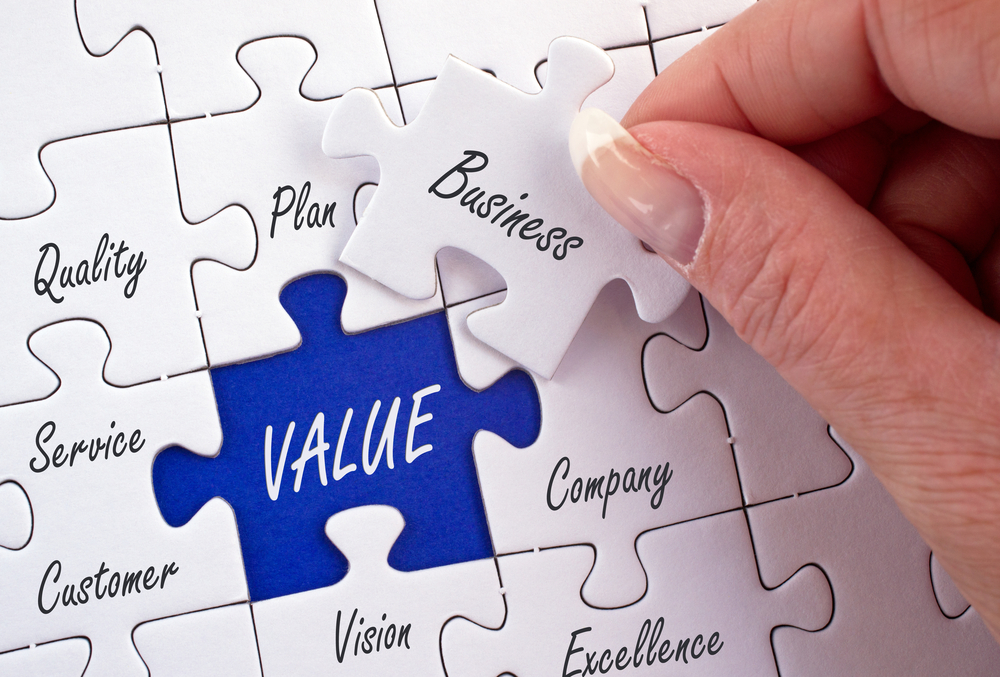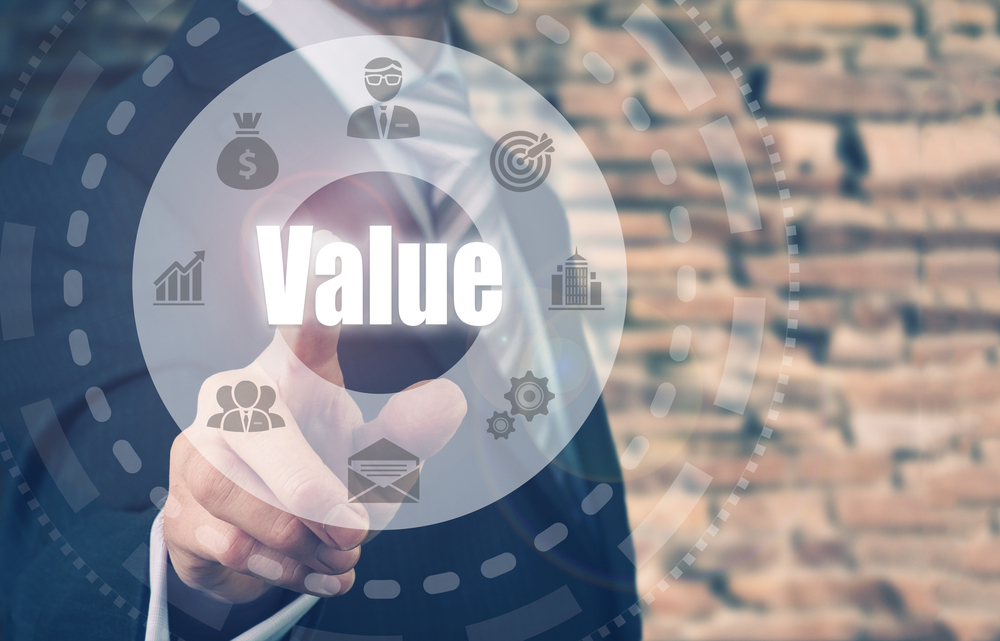Selling your business is probably your end goal after spending years building it into something worthwhile, and if you do it properly, it can be the biggest earning event of your lifetime. In fact, for most business owners, that is the case.
However, it's not a very simple process. In many ways, properly selling the business you've dedicated your work life to is harder than building it in the first place. There are so many factors that come into play that you can and can't control, entire decades' worth of paper trails to follow and organize, and, of course, the market you have to present it to is far more niche than if you were just selling a consumer product. You're talking about a transaction worth millions of dollars, after all.
So, how do you get ready to sell without losing out on tons of potential profit or taking forever thanks to an over-evaluation?
Well, whether you're looking to sell and enjoy your twilight years, or you simply want to start anew with another business venture, we've designed this guide on how to value a business for a sale to go over the entire valuation process in an easily understandable, yet in-depth, manner.
Let's get started on finding the right price for your mid-market business.
The Discretionary Cash Flow Method
At the end of the day, your buyer isn't trying to take over because they want a nice building or the title of “business owner.” They want the money you've been making without building a business from scratch and going through all the ups and downs you went through to get where you are.
So, a good way to start finding the right price is to look at how much cash your business is bringing in.
Specifically, you want to determine your Seller's Discretionary Cash Flow or SDCF. Your SDCF is your business's general earning potential at the time of calculation, and it fluctuates regularly as sales dip or rise. So, it's not a spot-on indicator of your business's exact value, but it's a good estimate you can combine with other suitable factors.
Finding out your SDCF is one of the simplest methods to value your business, but it's only really suitable if your business is owner-operated. If you've built a business model that more or less keeps you out of the loop, the formula used to determine your SDCF becomes overcomplicated.
Now, let's get back to the point- how to value a business for sale using the discretionary cash flow method.
To start, you need to determine your company's pre-tax earnings. These are all the profits the business makes before you pay Uncle Sam. Then, add in your non-operational expenses. You pay for these things besides the cost of tech, payroll, and other things you must have for the business to operate.

Now, add in your compensation as the owner any interest payments you might be making for business operations and oddball business expenses necessary for operations but not usual occurrences. That includes things such as expenses you made to offset depreciation.
You probably have a fairly large number, but you're not finished. Now, it's time for subtractions.
It's easiest to start with the odd one-time bursts of income you get that don't reflect your business's normal performance. This can be something like selling an extra piece of machinery, selling more of an item for a short time due to unusual circumstances, such as how toilet paper sold out during the early days of the Covid pandemic, and similar events that don't truly reflect how much your company can regularly earn.
Finally, remove any income you've added that didn't come from normal business operations. This can be a personal gain that fell under the business's account instead of your own, donations from the community, or other things that boost your income levels despite the business not doing anything to facilitate it.
Once you've done this, the resulting number is your SDCF, and it's a good starting point to value your business.
The Multiplier Method
The multiplier method is slightly more complicated than the cash flow method. Still, it's far more flexible and can be used effectively regardless of whether your business is owner-operated.
As the cash flow method, this method uses your company's earning potential as a base, but it then multiplies that base number based on the average figures produced by your industry. Instead of just showing what you're specifically making, it considers what can be made based on how other companies in your industry perform.
Let's say you run a retail company that sells general merchandise for this. First, you'll add your gross sales figures to the value of your existing inventory, which will be your base number.
Then, you need to do some in-depth research into the industry your business is a part of to find out how much a company selling your type of merchandise and operating the same way you do is making on average.
The good thing about this method is that plenty of organizations are doing the research for you. A simple online search and a few charts from trading magazines, market evaluators, or broker resources will give you the exact numbers you want. However, you should probably look for multiple sources to compare your findings and ensure you're getting an accurate figure.

Once you have both numbers, you simply multiply the base number by the industry average and have a general value for your business.
However, you should keep in mind that this method is not perfect. While your sales figures and inventory value are great measurements of your general profitability, other factors may make your business more or less desirable, thus affecting your asking price when you sell. This method doesn't have the flexibility to consider those factors, and you might end up short-changing yourself to several million dollars.
For the best results, consider using this in combination with other valuing methods to get a more accurate depiction of an ideal asking price.
The Market Approach Method
Finally, we're at the last main method for valuing your business for sale. This can potentially be the most complex method you use, but if done properly, it can be the most accurate way to determine a realistic sales figure.
So, how do you value a business for sale using the market approach method? In short, this method requires you to look at similar businesses that have already sold within a fairly recent period and then base your asking price on that information.
However, getting ahold of the information you need and getting enough information to make a valuation can be extremely difficult.
Mainly, you want to look for businesses that are the same size and offer the same things. If you're a mid-market $5M+ business selling fishing equipment, you want to look at mid-market fishing retail stores that sold very recently.
Unfortunately, only the largest businesses tend to be publicly traded in the United States; thus, the figures attached to those businesses are only really known by the people buying and selling them. You can't just go to an online database and check all their financial records.
When this happens, the best solution is to speak to a market expert who frequently brokers such deals. They deeply understand such companies and can compare your business to businesses they've recently worked with. This requires you to put much trust into someone else's experience, but finding the right partner who provides top-quality M&A advisory services is a reliable way to value your business.
If businesses like yours are being publicly traded, this step is far more manageable. You can just look up their financial information online and use it to value your own business accordingly. Of course, if you're at the point where similar businesses are publicly traded, you're likely in the high tier of the business world already and have access to people who will do that for you.
Regardless of how you do this, you want to view as many examples of similar sales as possible to find the average. While businesses may be similar, they may have had one or two different features that greatly lowered or increased their sale price. This is not a method you want to use if you're just going to look one recent sale up and base your entire asking price on it.
Structuring the Deal Appropriately
This is a tactic that doesn't work on its own. You must use one of the actual valuing methods before this is plausible. However, if you combine this with something like the cash flow method and do it properly, you can ensure that you receive the right amount for your business and even make a bit more than what you estimated.
Once you have a general value and can attract a buyer, it all comes down to how you structure the deal to give the buyer what they want while getting what you want.
This means the lowest price possible for them but the highest price for you. That's a bit of a contradiction, right? Well, yes, and that's where structuring fairly comes into play.

There are several methods for deal structures, and rarely are lump-sum sales the best answer. Instead, two options can maximize your returns and get you more than your estimated value while still giving the buyer a deal they're happy with:
1. Installments
If you structure the sale around installments, you allow your buyer to pay a portion of the overall amount regularly. After a certain amount of time has passed, they pay a lump sum for the remaining balance due. It's a lot like a rent-to-own system, and like popular rent-to-own services, you make more as the money is stretched out and your tax obligations are minimized. This lack of massive upfront commitment by the buyer is also attractive to them, as they can focus their starting capital on making improvements while paying you much smaller payments.
2. Operational Milestones
Operational milestones are a bit more complicated. The buyer pays you part of the overall cost upfront and then pays you based on the company's earnings at regular intervals. This can lead to irregular payments, but it's attractive to buyers and can potentially add value to the deal on your end.
Choosing the right deal or having a professional aid you in this step is crucial. If you mess up, the entire valuing phase can be null and void.
Streamline Your Business Valuation
The sale of your business is not something to take lightly, and you do not want to mess up. For almost every business owner, the day they sell, the culmination of all their hard work, is typically their life's most profitable earning event. What was once annual five or six-figure earnings finally blossoms into a multi-million-dollar deal that can set you up for a very comfortable retirement.
However, if you perform your valuation wrong or improperly structure the deal, you can lose millions without knowing it until it's too late.
This is why you need the professional help of a business valuation expert specializing in business sales.
IAG is the professional team of M&A advisors you need. Our team facilitates every part of the selling process for mid-market businesses with too much to organize on their own but don't have the resources of the country's top-performing businesses to simply have in-house professionals do everything.
We have helped sell hundreds of businesses like yours while ensuring they receive the true worth of their business without spending years trying to find a buyer or fiddling with complicated valuation formulas.
Guest blog courtesy of IAG, a preferred brokerage partner of Acquira.
Acquira specializes in seamless business succession and acquisition. We guide entrepreneurs in acquiring businesses and investing in their growth and success. Our focus is on creating a lasting, positive impact for owners, employees, and the community through each transition.



